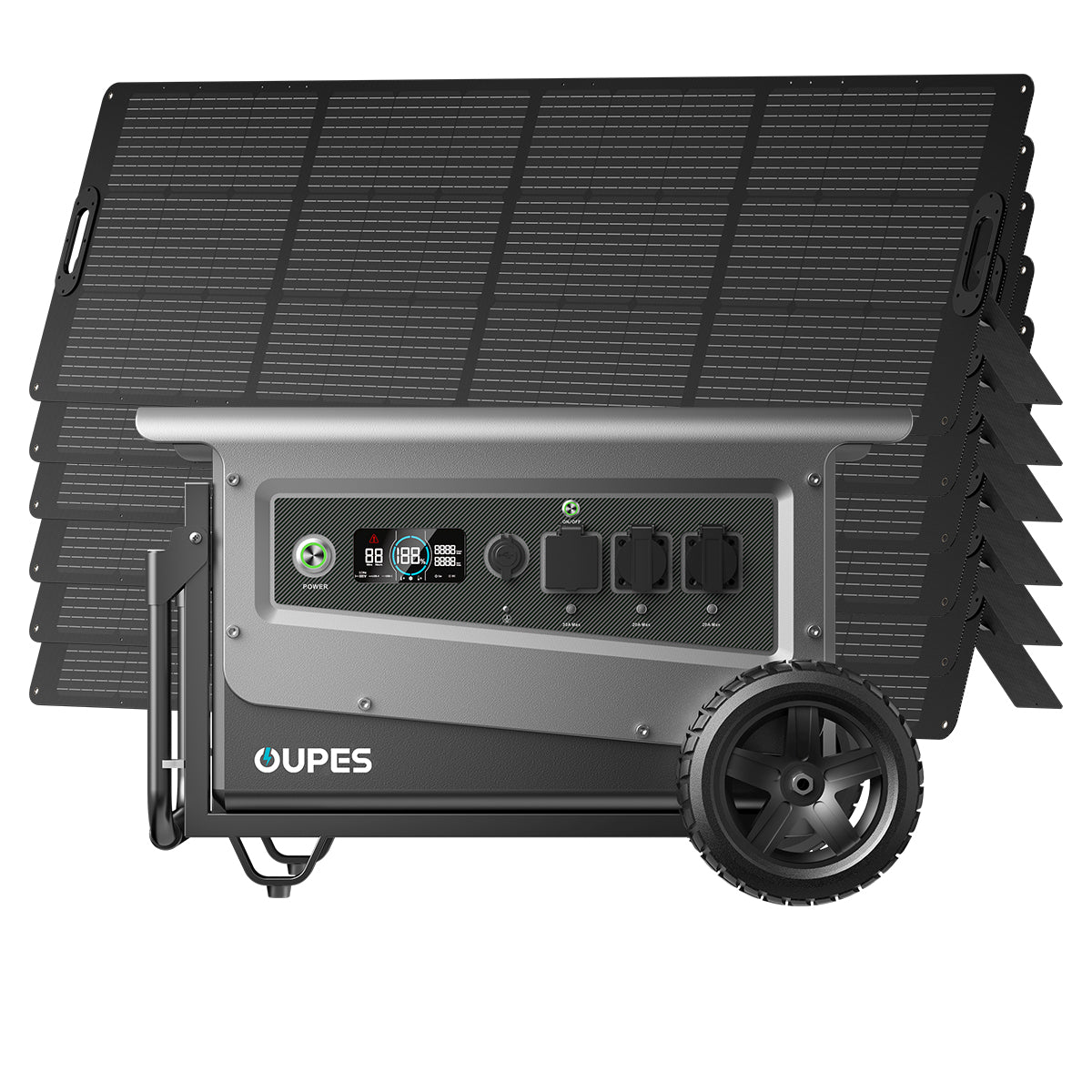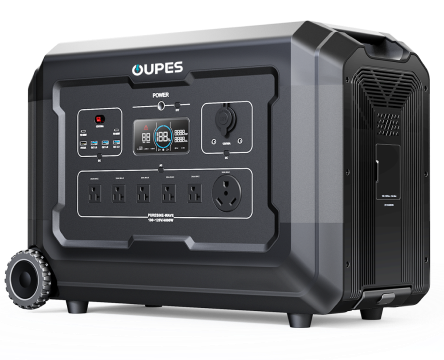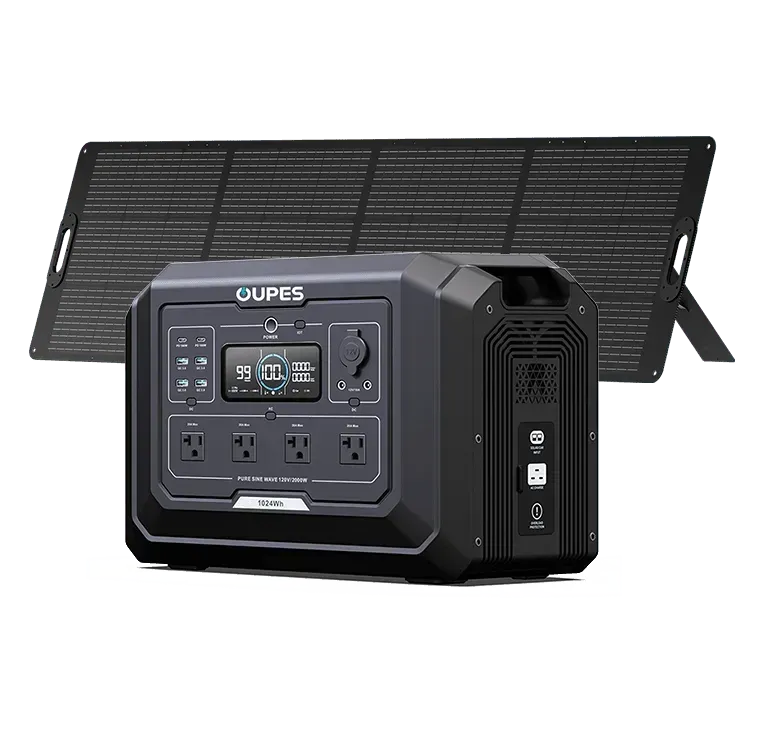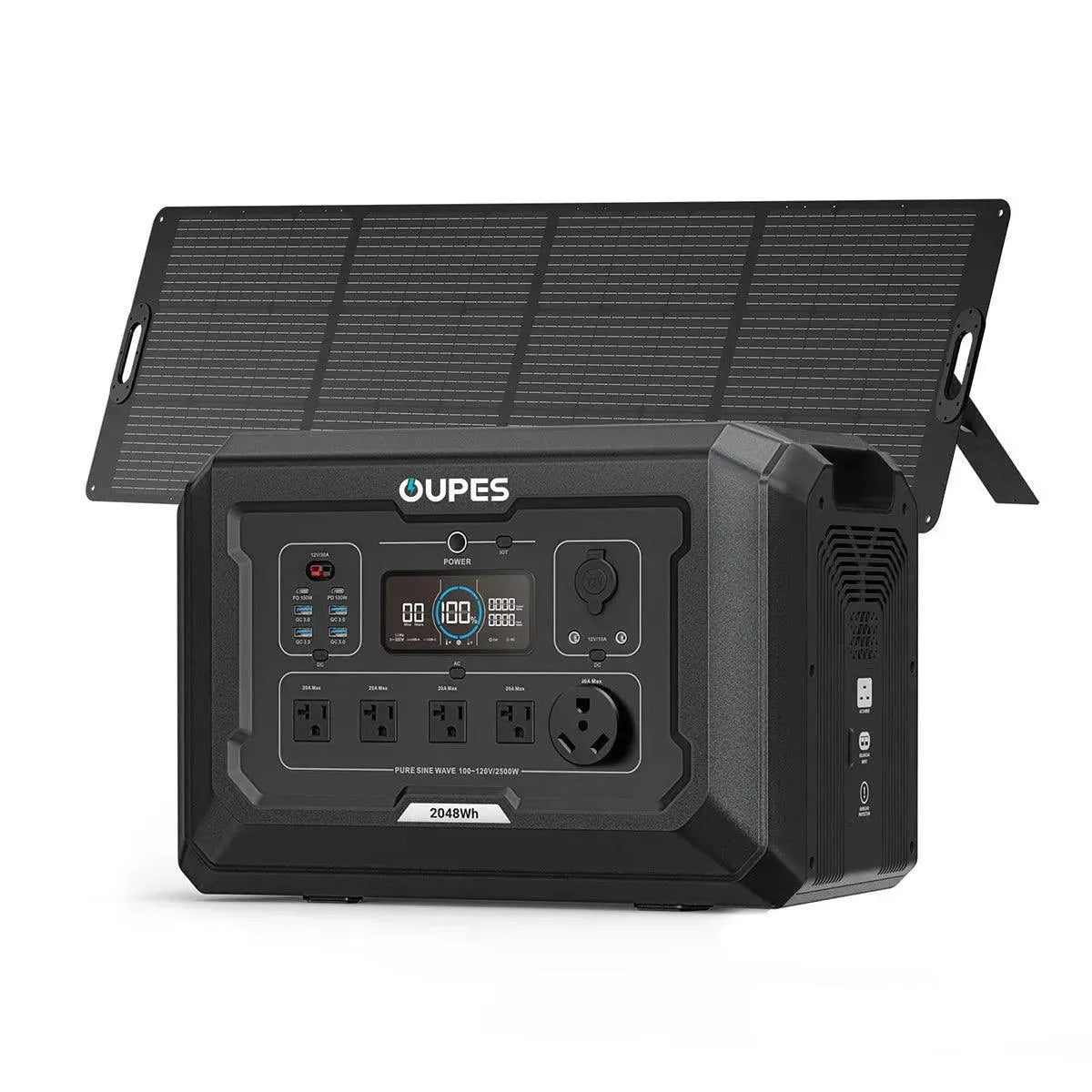
Imagine a fierce storm plunging your neighborhood into darkness—except your home. Lights glow, the refrigerator hums, and your Wi-Fi stays alive. This modern miracle hinges on one critical question: How long will your whole-house battery backup actually last? The answer isn’t stamped on a label; it’s a dynamic equation where energy capacity collides with real-world demand. Let’s unravel the variables that transform hours into days—or mere moments—of precious power.
Understanding Battery Capacity and Load Requirements
Battery capacity, measured in kilowatt-hours (kWh), dictates your backup system’s potential endurance. A 10kWh unit might power essentials for 8 hours or a full home for 2—outcomes worlds apart. Why? Because runtime isn’t just about the tank size; it’s about what’s draining it. Central air conditioning devours 3-5kW per hour, while LED bulbs sip 0.01kW. Your backup’s lifespan hinges on this tug-of-war between supply and demand.
Consider depth of discharge (DoD): Lithium-ion batteries (like OUPES models) typically deliver 90-95% usable capacity, while lead-acid may offer just 50%. A 10kWh battery with 95% DoD gives you 9.5kWh of actual power. Temperature further complicates things; lithium efficiency drops 10-20% in freezing conditions. Real-world testing reveals stark contrasts: Two identical homes—one with energy-efficient appliances, the other with older models—could see runtime differences of 300% or more on the same battery.
Peak vs. continuous loads also sabotage estimates. Your refrigerator’s compressor might spike to 1,200W at startup despite a 700W average. If your battery’s surge capacity can’t handle these bursts, critical systems won’t start. Professional load audits map these invisible energy landscapes, transforming guesswork into precision. They’ll measure vampire loads (those 24/7 energy drains like DVRs) and phantom usage (chargers left plugged in), which cumulatively can shorten backup duration by hours.
Modern battery management systems (BMS) add intelligence to brute capacity. They prioritize circuits, throttle non-essentials during low charge, and even learn usage patterns. For example, an OUPES system might dim lights by 15% during extended outages to claw back runtime—decisions invisible to users but vital for endurance. Without understanding these layers, capacity numbers on spec sheets become meaningless.
Key Factors Influencing Backup Duration
Solar integration revolutionizes backup longevity. A battery alone is a finite reservoir; add solar panels, and it becomes a spring-fed well. During daylight outages, panels can simultaneously power your home and recharge batteries—extending runtime indefinitely in sunny conditions. But this synergy demands strategic design: East-west panel orientations capture morning/evening light, while south-facing arrays peak at noon. Micro-inverters prevent partial shading from crippling entire systems.
Weather patterns dramatically alter outcomes. Three cloudy days can slash solar recharge rates by 80%, turning a "perpetual" system into a 24-hour stopgap. Geographic location matters too: Arizona homes generate 40% more winter solar than Michigan counterparts. Battery chemistry also plays a role—lithium iron phosphate (LFP) handles daily cycling better than older NMC variants, crucial for solar-buffer applications.
Your home’s thermal envelope dictates HVAC load—often 40-60% of energy use. Insulation quality changes the game: A well-sealed 2,500 sq ft home might need just 1.5kW for heating versus 5kW in a drafty space. Smart thermostats can stretch battery life by maintaining temperatures within tighter bands (e.g., 66-68°F vs. 72°F constant), reducing compressor cycles by 30%.
User behavior is the wildcard. Families conserving power might use 0.5kW hourly for basics; others running hair dryers (1.8kW) and gaming PCs (0.5kW) could hit 3kW+. Education transforms outcomes: Knowing that microwaves (1kW+) drain batteries 20x faster than slow cookers (50W) leads to crisis-time adaptations. OUPES systems counter unpredictability with real-time usage dashboards, alerting users when consumption exceeds sustainable thresholds.
Calculating Your Personalized Runtime Estimate
Accurate runtime math combines inventory with arithmetic. First, catalog essential devices: refrigerator (1.5kWh/day), modem (0.2kWh), furnace fan (3kWh/day), etc. Sum their daily kilowatt-hours—say, 15kWh. Divide your battery’s usable capacity (e.g., OUPES Mega 3: 8.6kWh) by this daily total: 8.6 ÷ 15 = 0.57 days or ~14 hours. This "static" estimate is merely your starting point.
Now layer in dynamic factors using a derating multiplier. For every 20°F below 50°F, apply a 1.15x consumption factor. If expecting cloudy days, assume 20% solar recharge efficiency instead of 70%. Critical adjustments include: Accounting for battery age (capacity degrades 2-3%/year), inverter losses (5-10%), and unexpected loads like sump pumps during floods.
Advanced tools like OUPES’ runtime simulator model scenarios in real-time. Input your location, home size, battery model, and outage history. It cross-references local weather databases—knowing, for instance, that January outages in Minnesota average 12 hours with -10°F temps. The algorithm then prescribes: "With 10kWh battery and 5kW solar: 36 hours without sun; indefinite with 4+ peak sun hours."
Professional energy audits use clamp meters and data loggers to capture elusive loads. They’ll discover your basement dehumidifier adds 2.1kWh/day—enough to shorten backup by 18%. Thermal imaging reveals insulation gaps adding 1.2kW heating load. Post-audit, a calibrated report might show: "Current runtime: 9h. After sealing ducts + upgrading HVAC: 14h." Precision beats approximation every time.
Strategies to Extend Your Backup Duration
Load shedding is your first weapon. Smart panels or critical load panels physically separate discretionary circuits (pools, spas) from essentials (fridge, medical devices). During outages, non-essentials automatically disconnect. Zoning takes this further: An OUPES system might power only the master bedroom overnight, slashing consumption by 60% while maintaining safety and comfort.
Efficiency retrofits yield dramatic gains. Replacing a 15-year-old 4-ton AC (4.5kW) with an inverter-driven model cuts consumption to 1.8kW—adding 5+ hours to a 10kWh battery. Heat pump water heaters use 1/3 the energy of resistance units. Even minor swaps matter: LED bulbs (10W) versus incandescents (60W) reduce lighting loads by 83%.
Staggered operation scheduling prevents overlapping peaks. Program your well pump (1kW) to avoid running with the microwave (1.5kW). Smart systems can automate this: When laundry is running, the water heater temporarily pauses. These "load-shifting" tactics keep demand below your battery’s continuous output rating, avoiding shutdowns while extending total uptime.
Hybrid solar-battery configurations offer resilience. During grid failures, most solar systems shut down unless paired with "islanding" batteries. OUPES solutions enable daytime direct solar consumption—bypassing the battery entirely for high-wattage tasks like cooking. At night, stored energy runs basics. This dance extends effective backup by 2-4x compared to batteries alone. Maintenance also matters: Cleaning solar panels quarterly boosts output 15%; annual battery calibration ensures accurate capacity readings.
Future-Proofing Your Energy Resilience
Scalable battery architecture lets you start small and expand. Modular systems like OUPES allow adding 2kWh blocks as needs evolve—say, after buying an EV or adding a home surgery. Forward compatibility ensures new batteries work with older inverters, protecting investments. Cloud-upgradable firmware brings tomorrow’s algorithms to today’s hardware.
Grid services participation can offset costs. Some utilities pay homeowners to share stored power during peak demand (e.g., 4-9 PM). Your battery discharges to the grid during high-price windows, then recharges off-peak. Programs like these generate $200-$800/year—funding eventual capacity expansions while keeping systems "exercised" for outages.
Weather intelligence integrations are emerging. Systems pre-charge to 100% when storm warnings trigger, or conserve energy if forecasts show seven cloudy days ahead. OUPES’ software syncs with NOAA alerts, automatically switching to "extended runtime mode" by raising HVAC setpoints 2°F and disabling discretionary outlets.
New chemistries promise revolutions. Solid-state batteries (projected 2030 availability) could double density—20kWh in today’s 10kWh footprint. Flow batteries offer unlimited cycles for solar-heavy homes. While future-gazing, remember: Today’s LFP batteries already last 6,000+ cycles—enough for 16 years of daily outages. Pair them with proper maintenance and monitoring, and your backup becomes a legacy system.
Runtime isn’t a fixed number but a spectrum of possibilities. From the 8-hour baseline of a midsize battery to near-indefinite operation with solar synergy, your power resilience reflects deliberate choices—not accidents. Understanding your home’s energy anatomy transforms speculation into certainty.
Embrace the variables: Monitor consumption, optimize behaviors, and invest in scalable technology. With strategic planning, your battery backup evolves from an emergency stopgap to an unshakeable energy foundation. The darkness outside need never breach your sanctuary again.




























